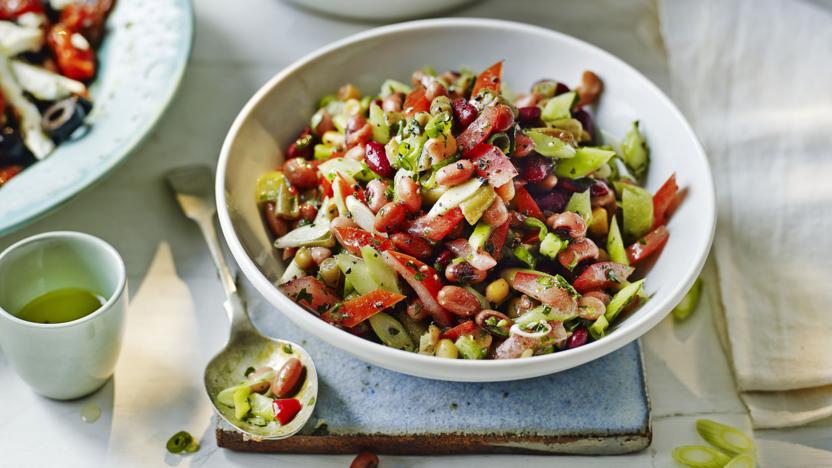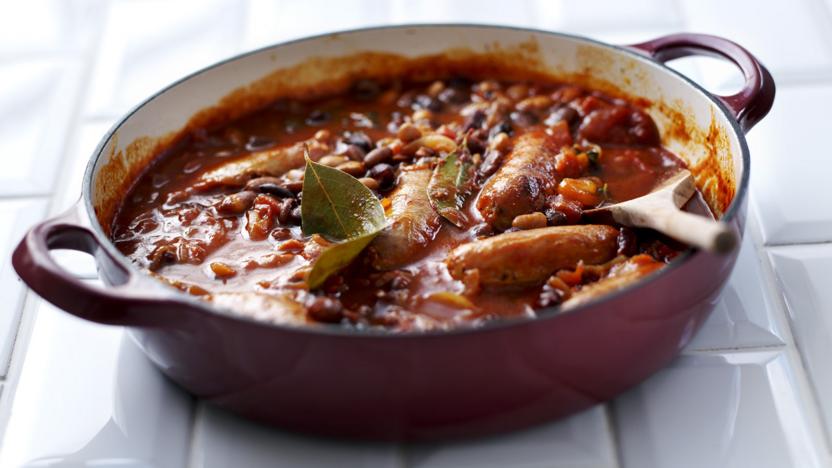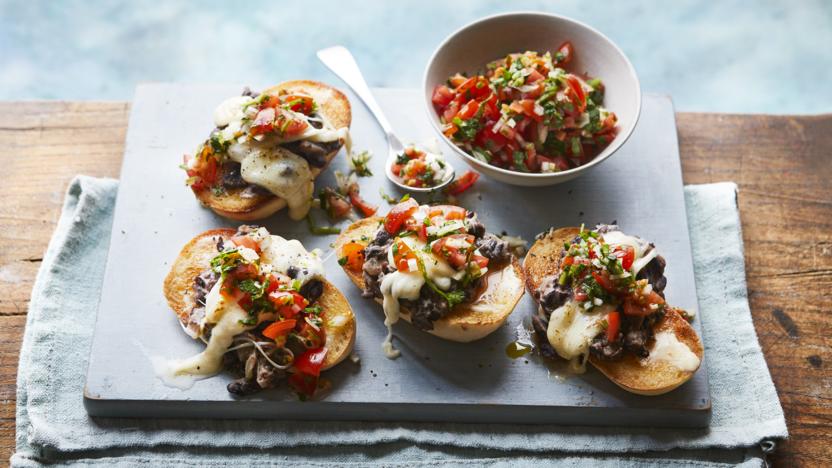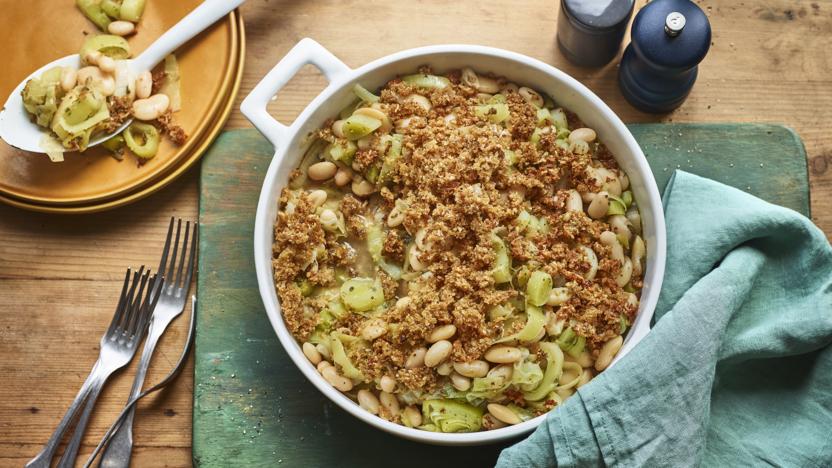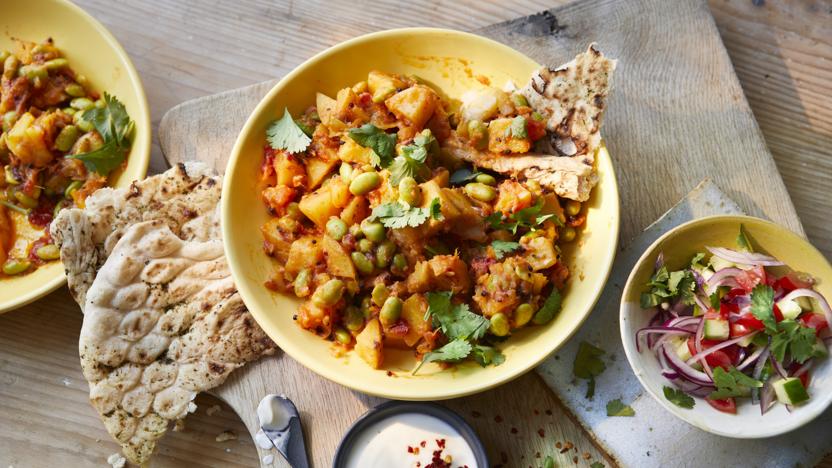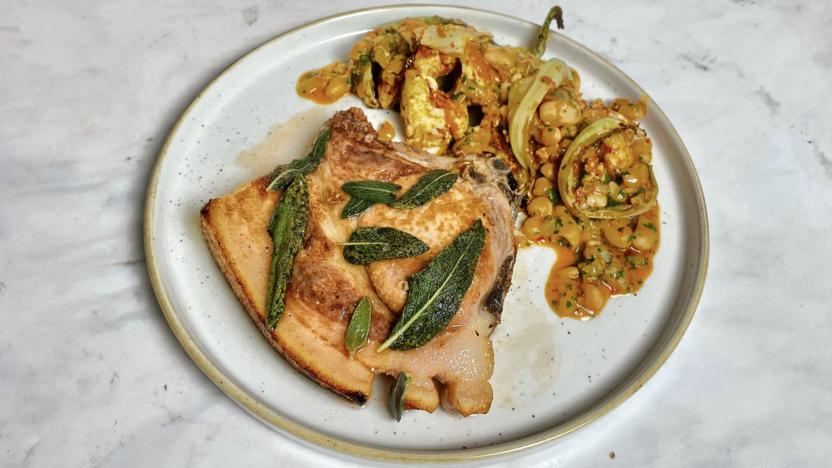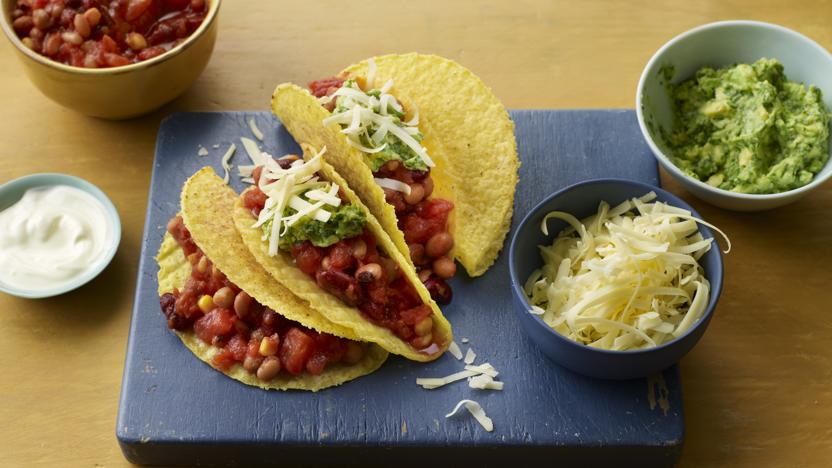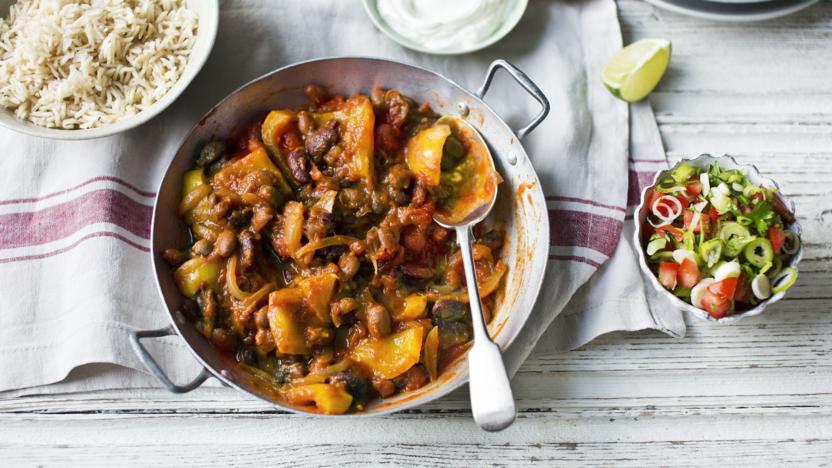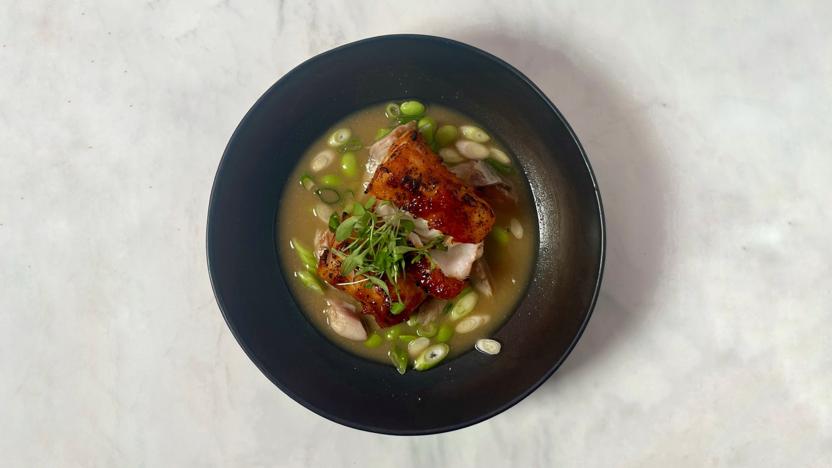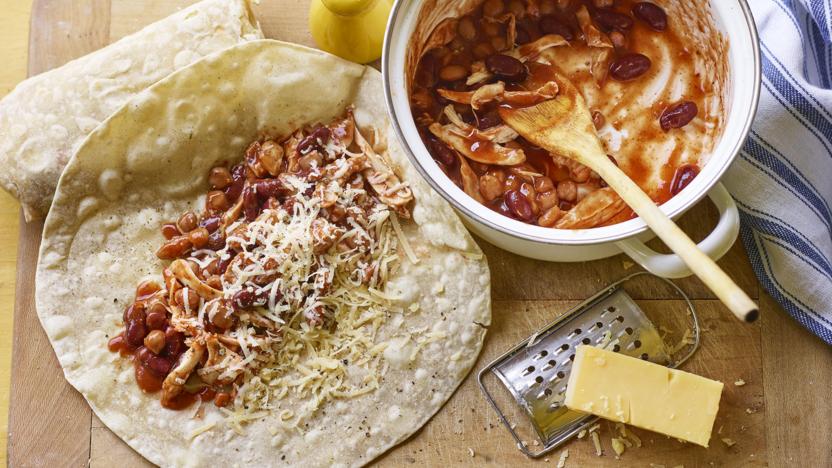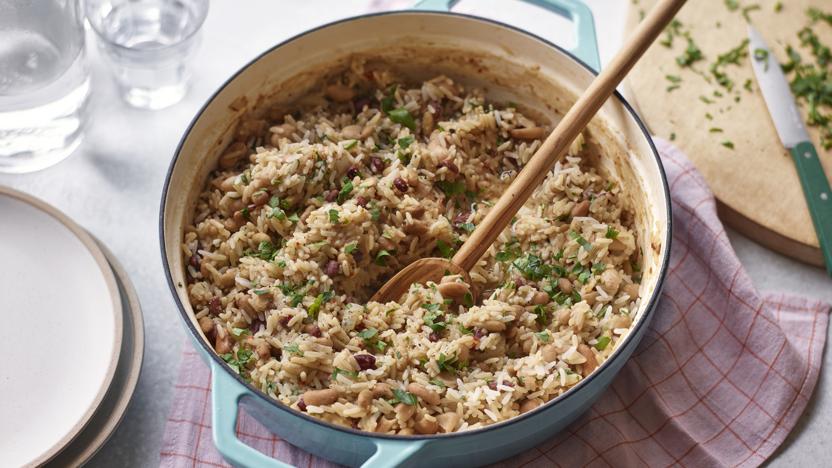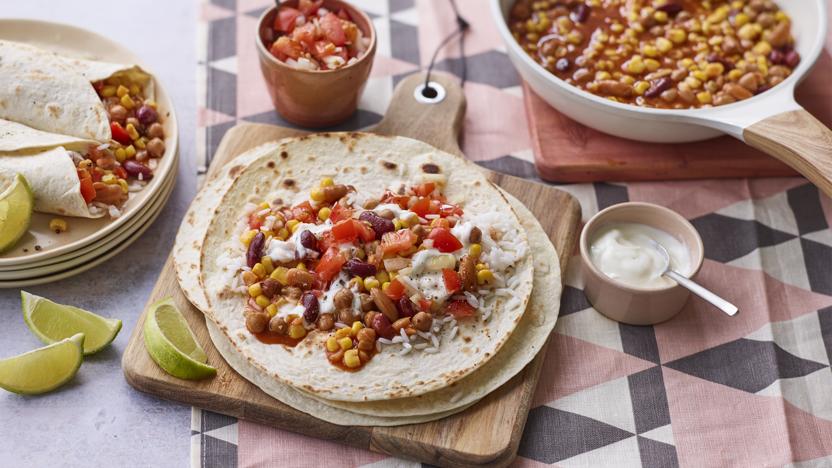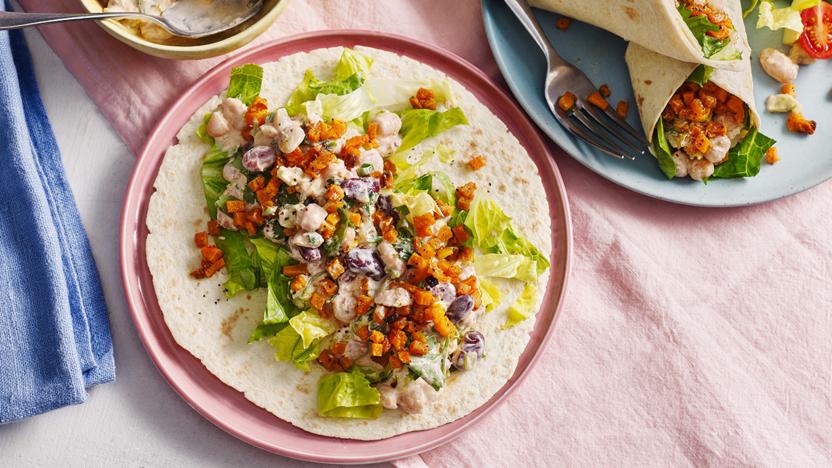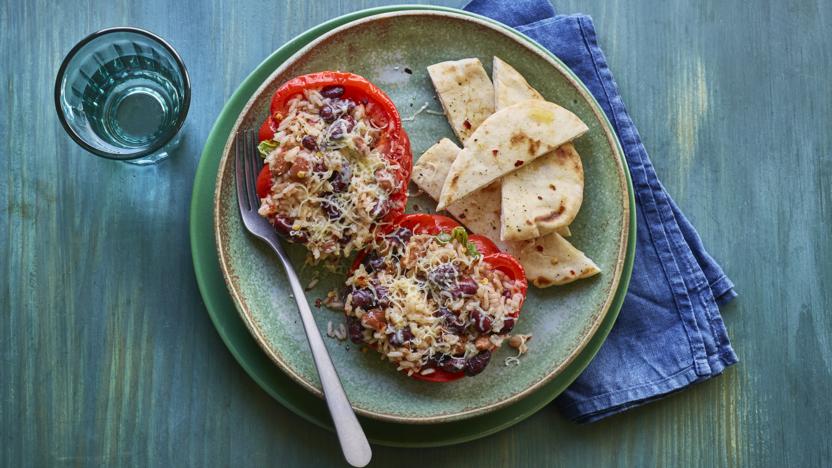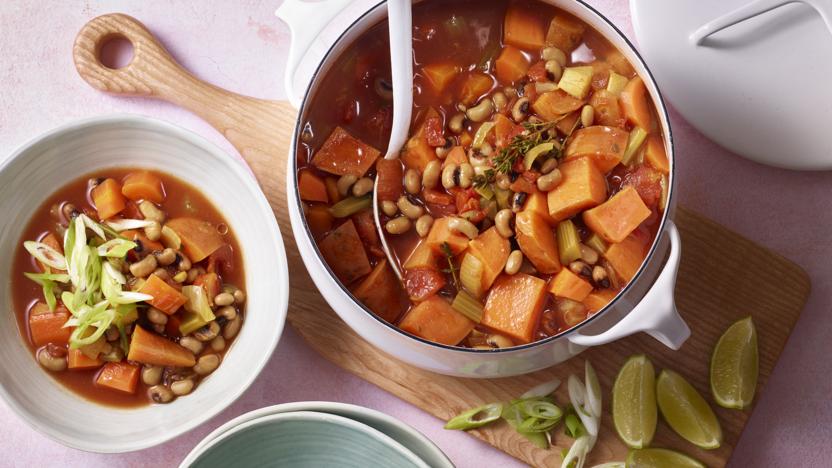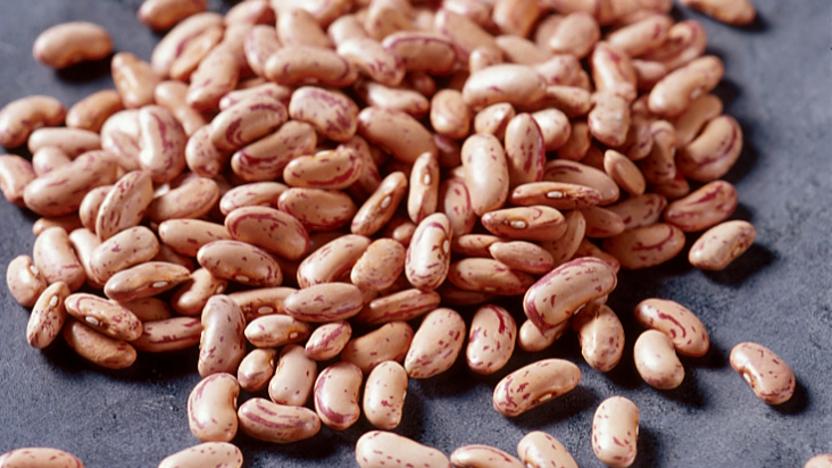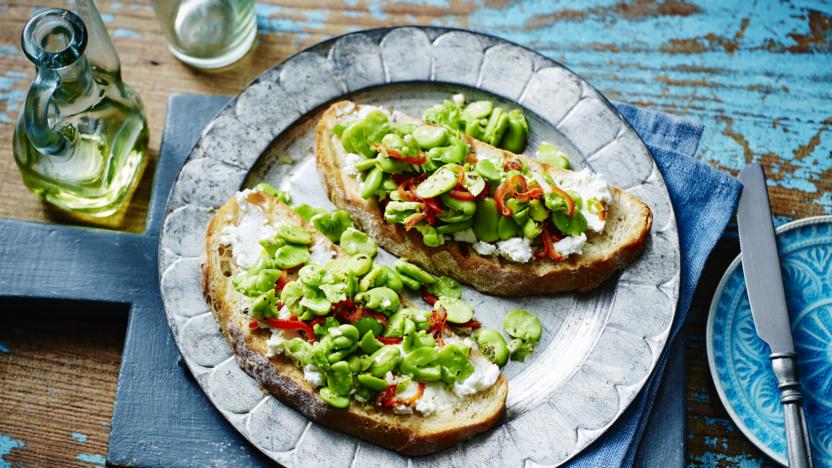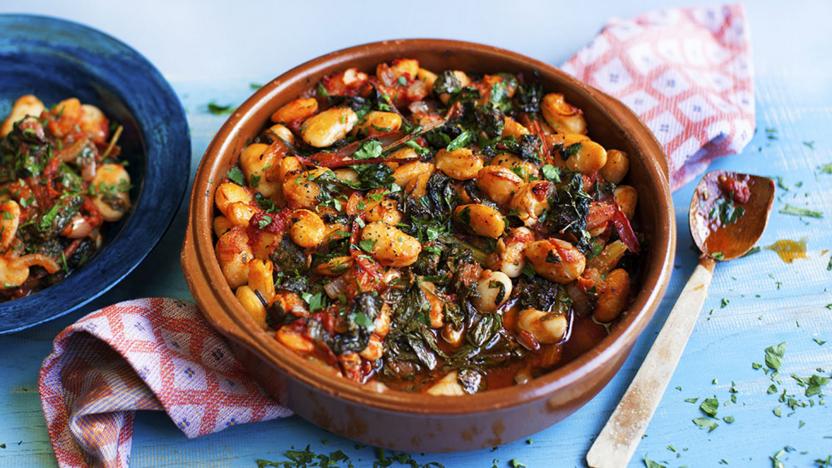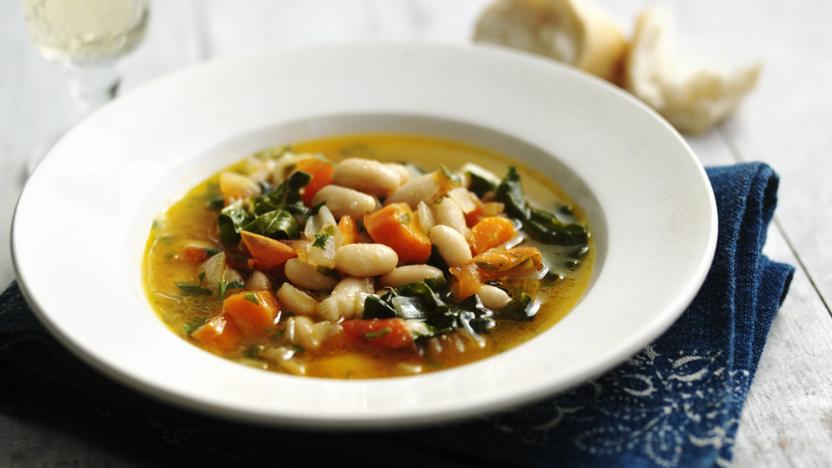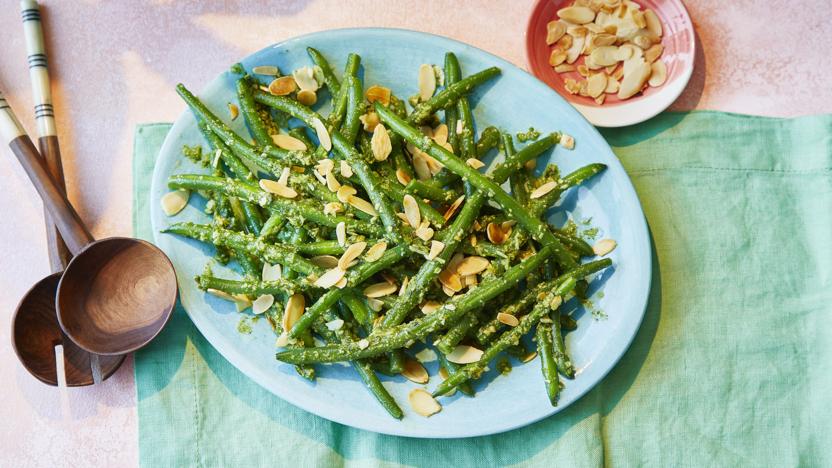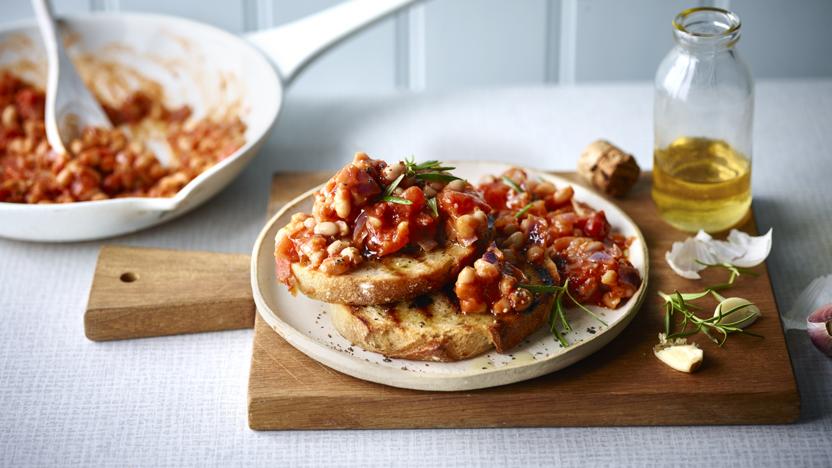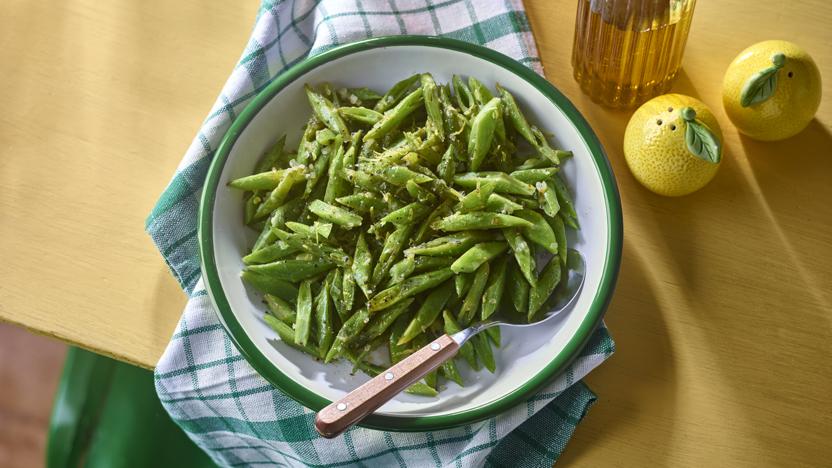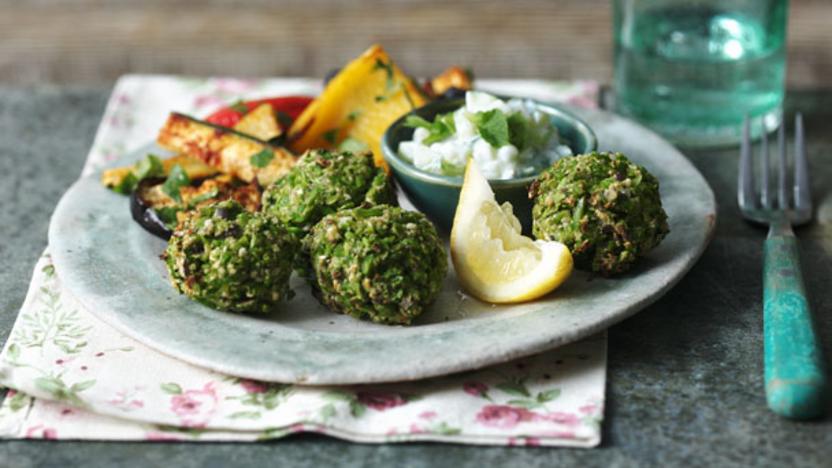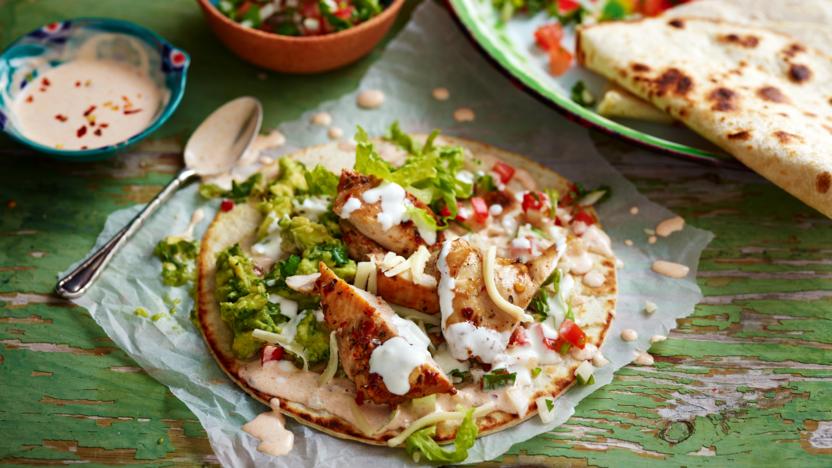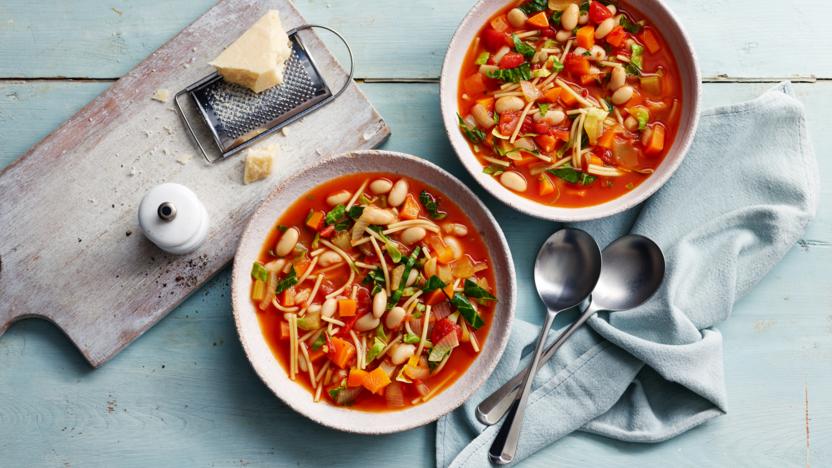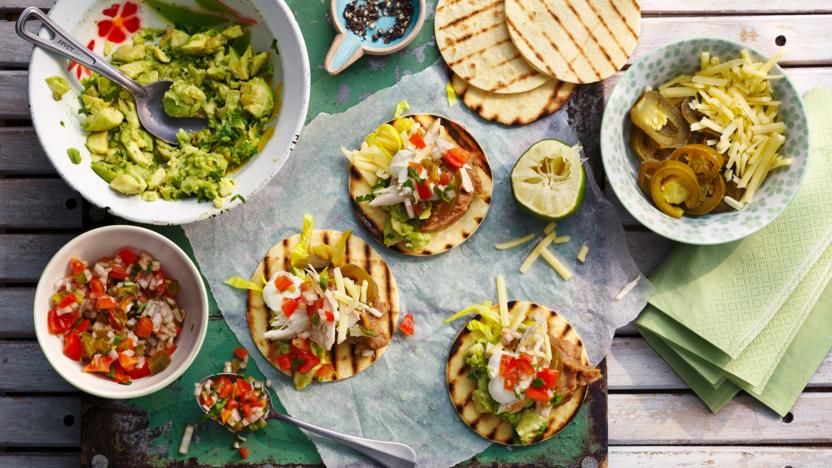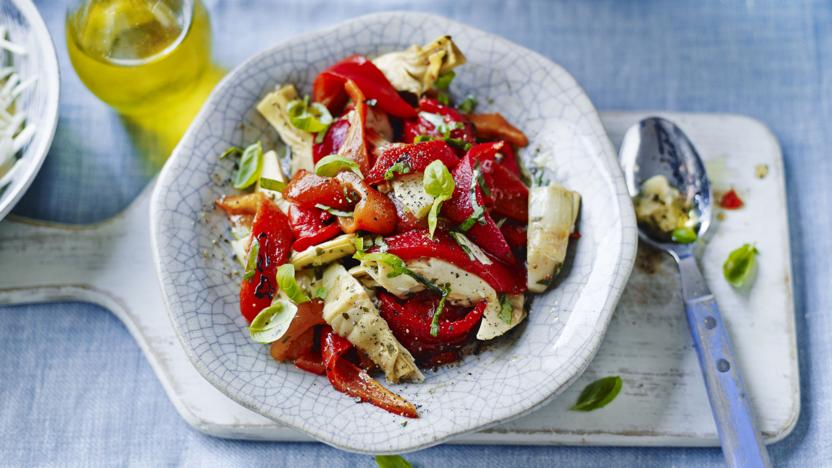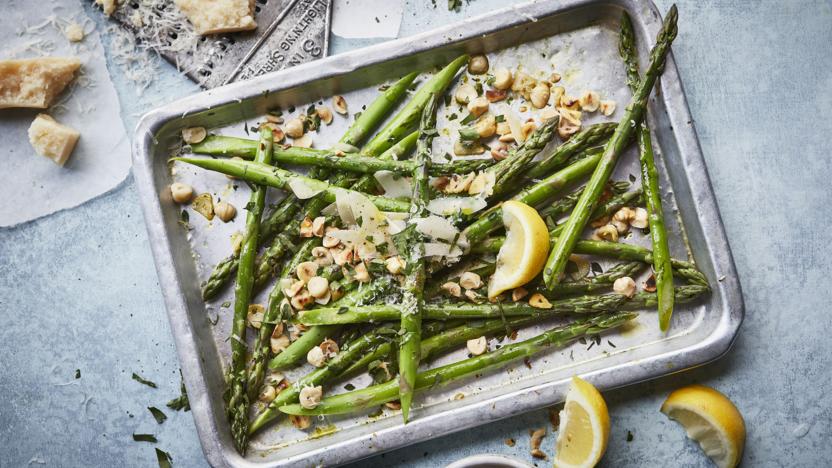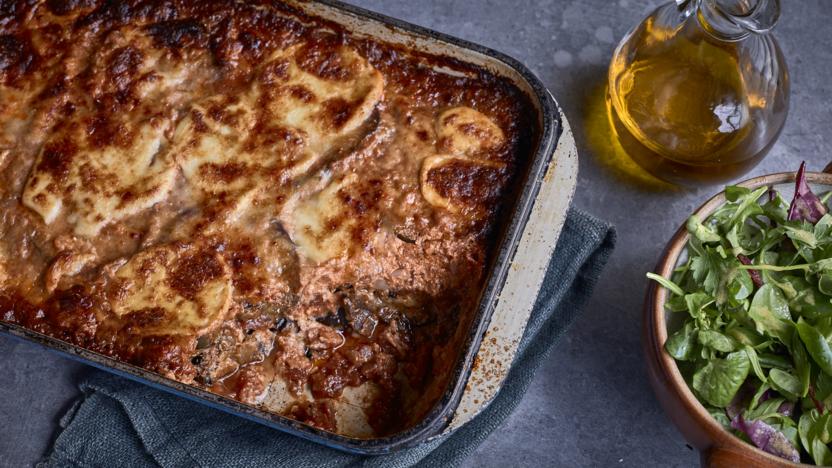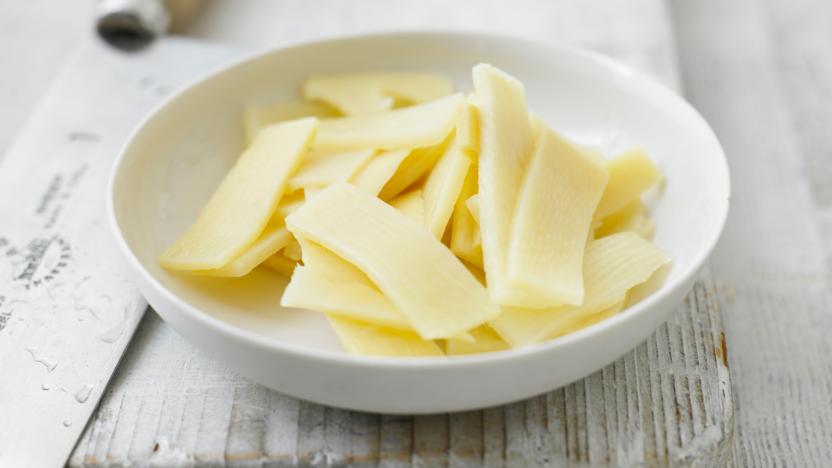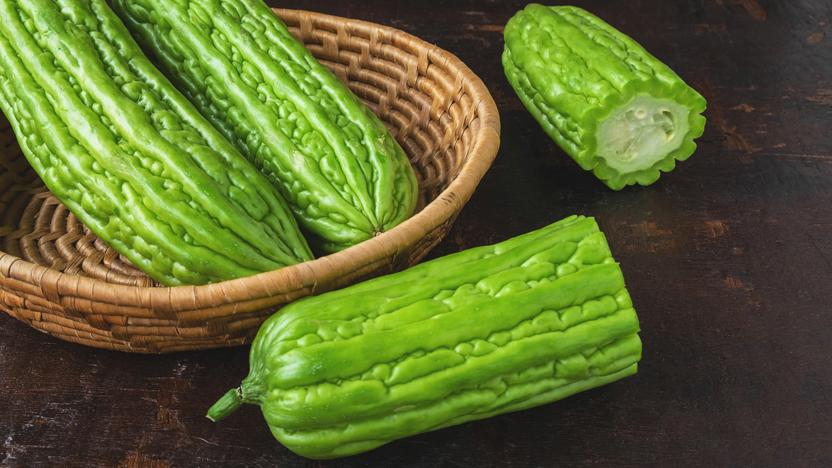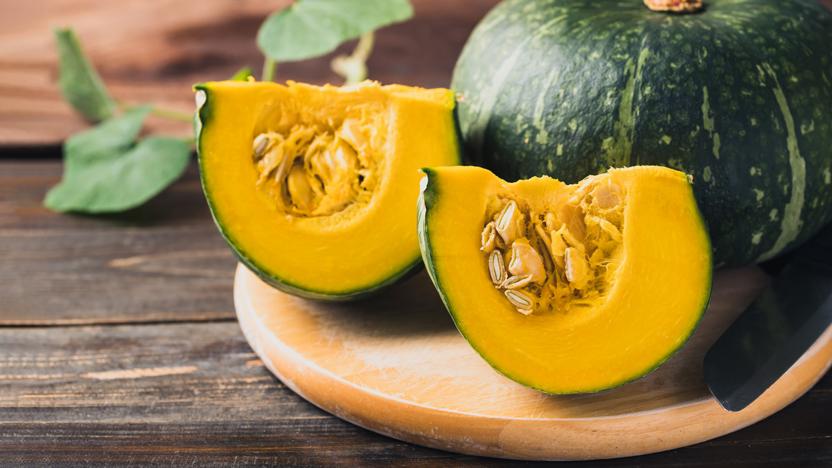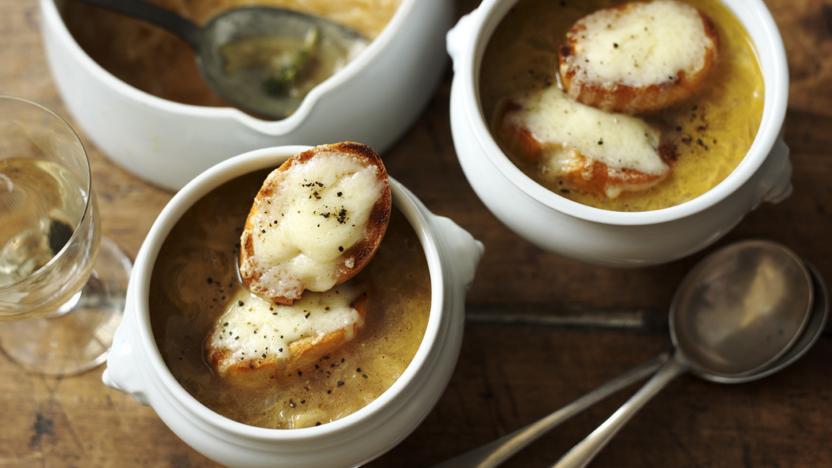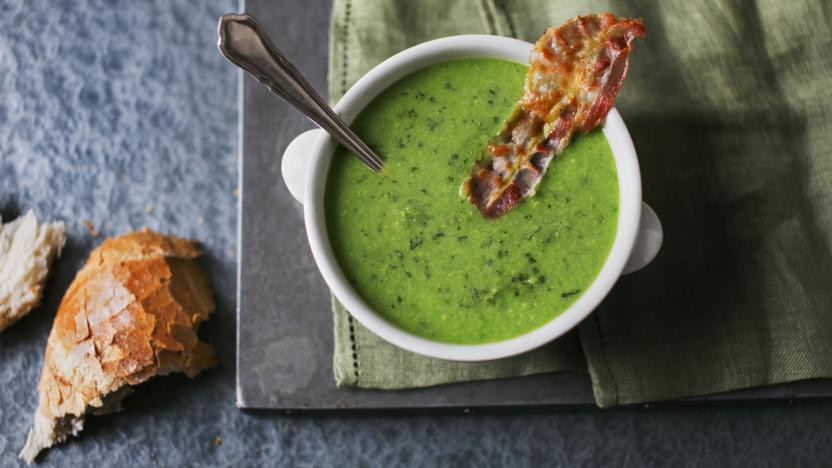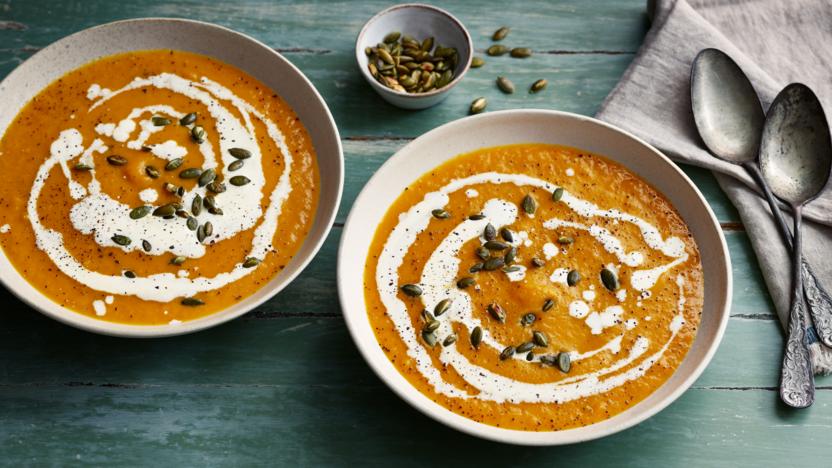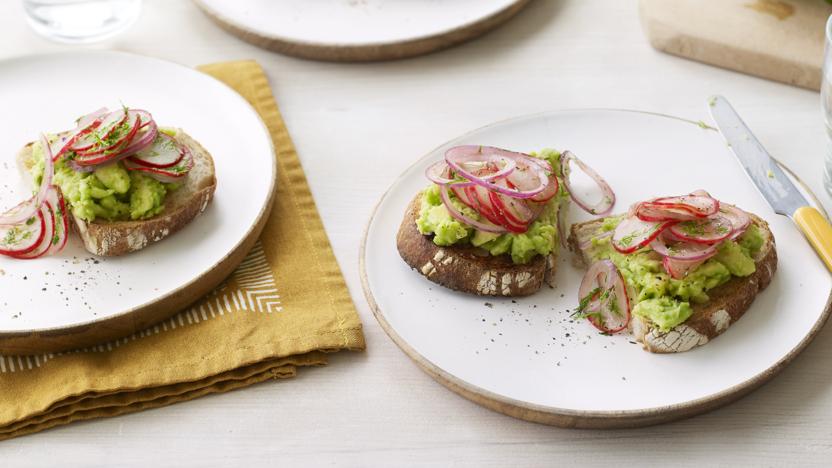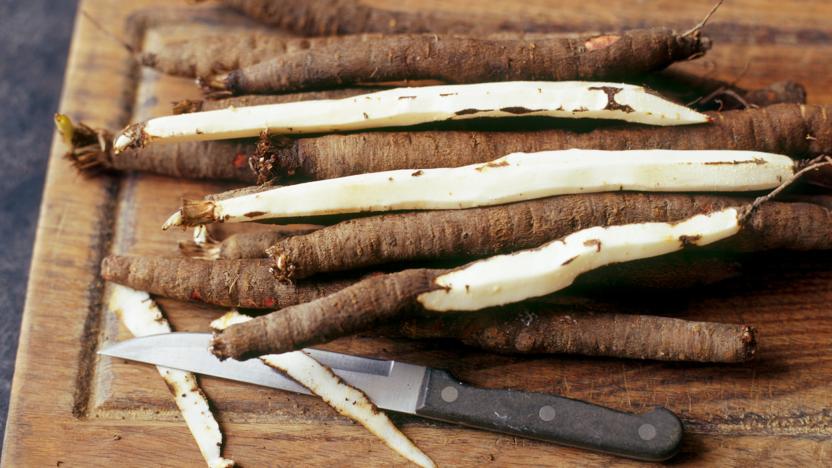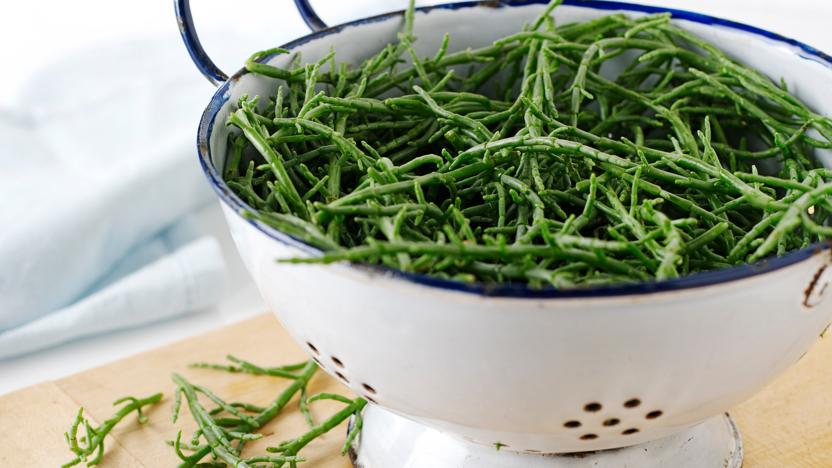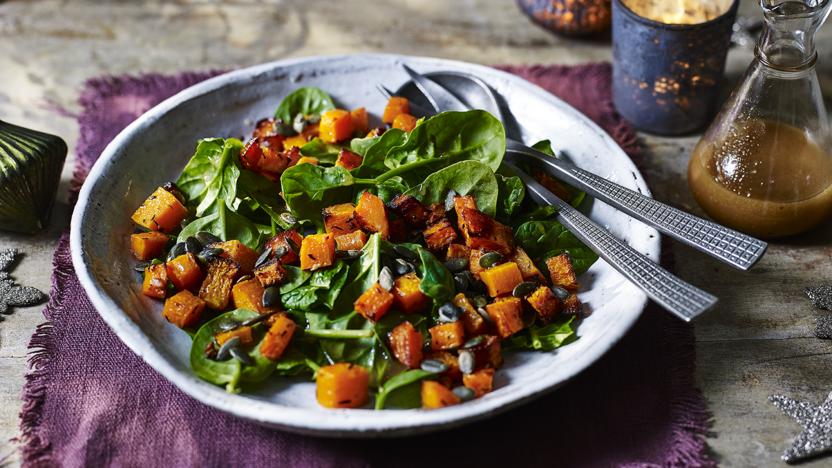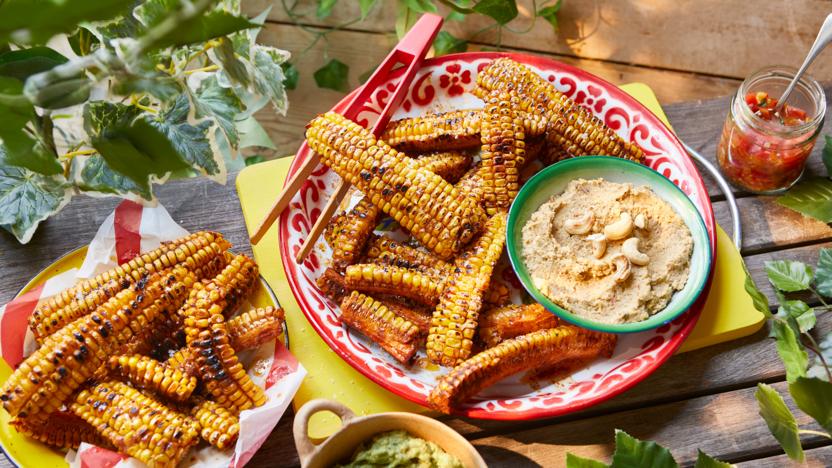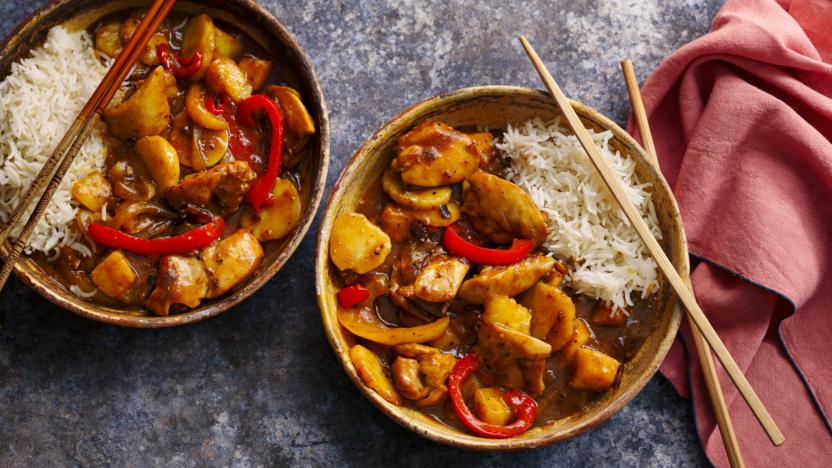Beans recipes
Beans can be divided into two main groups: those with edible pods (green beans) and those with edible seeds. The former group includes French beans, runner beans and yellow ‘wax’ beans; the latter includes the likes of cannellini or borlotti beans and myriad similar varieties. The flavour of each variety of bean is distinct, but they all share a wholesome, earthy taste. Beans can be served on their own, but they combine well with other flavourings and foods.
Grab that tin of beans from the back of your store cupboard and whip up this simple bean salad.
Each serving provides 107kcal, 3g protein, 8g carbohydrate (of which 2g sugars), 6g fat (of which 1g saturates), 4g fibre and 0.1g salt.
More beans recipes
Buyer's guide
Select fresh beans with bright green pods that are firm and plump.
Storage
Dried beans shouldn’t be kept more than a year as they tend to toughen with age.
Preparation
Dried beans need soaking for several hours before cooking, preferably overnight. Allow about 55g/2oz dried weight of pulses per person (once soaked and cooked they will at least double in weight). Add a teaspoonful of bicarbonate of soda to speed up the soaking process. An even quicker method is to bring them to the boil in a pan then turn the heat off and soak them for about an hour, covered. Always discard the soaking water, rinse, and cook in fresh water without any salt (which toughens the skins). When bought canned, the beans are already cooked and only need draining and rinsing before heating. Rinse thoroughly in a colander, as they're often stored in sweetened or salted water that can overpower your cooking.
Many cuisines have their own classic bean dishes: the French cassoulet, the Spanish cocido or the smoked bacon or pork and bean stews of Romania, Hungary and throughout the Balkans. Mexican fajitas wouldn’t be the same without refried beans – puréed beans that are fried and spread on a tortilla. Beans can also be used to thicken wintry soups and stews and are a good substitute for meat in vegetarian ‘burgers’ because they're high in protein.
Other considerations
Beans are high in protein and therefore a valuable part of a vegan diet.
